The Inca city of Machu Picchu
22.09.2017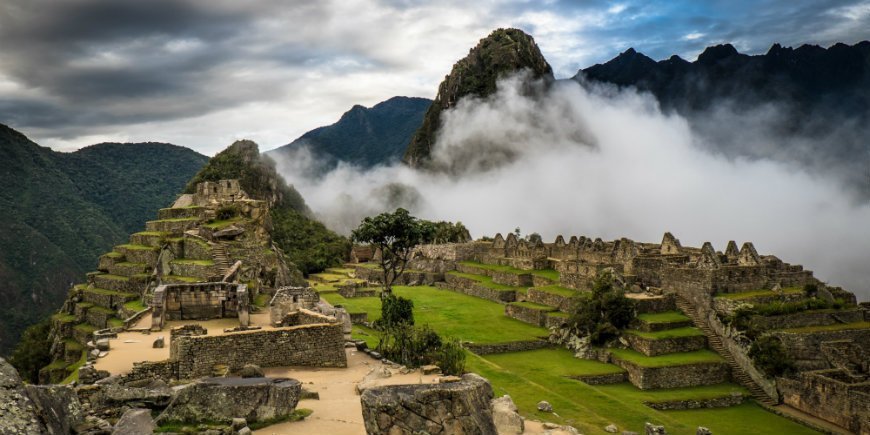
A mountain towers through the mist, which blankets the landscape.
The further you go, the more intense the silhouette becomes.
The green terraces and stone settlement suddenly emerge, while the sunrise paints the sky with its fairytale palette.
You have reached the Inca city –
Machu Picchu.
What is Machu Picchu?
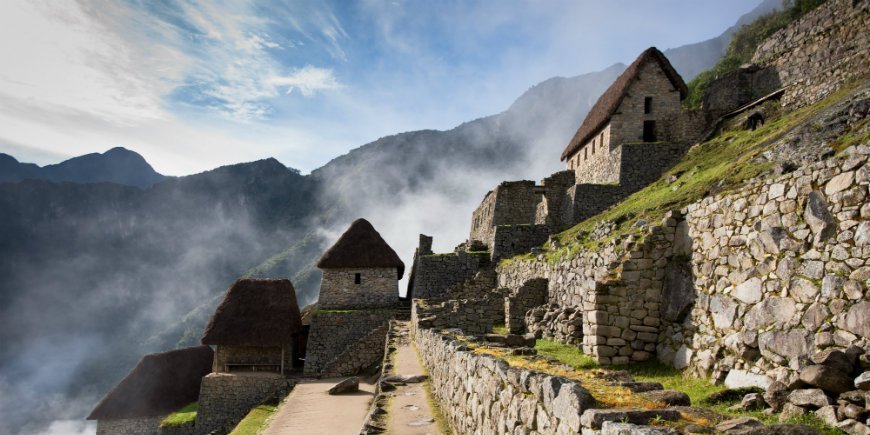
Machu Picchu is the ruins of a well-preserved ancient Inca city in the mountains of Peru.
Attracting thousands of visitors each year, Machu Picchu is one of Peru’s absolute top sights.
The name “Machu Picchu” originates from the native language, Quechua, and means “old mountain”. And the ancient ruins certainly enjoy the most scenic location in the mountains.
Machu Picchu is located 2,430 meters above sea level, in the midst of the sumptuous mountainous nature of the Urubamba Valley in the Peruvian Andes, north-west of Cusco, the capital of the Inca Empire.
- The Inca ruins consist of some 200 different stone buildings that blend seamlessly with the surrounding nature. Between the building monuments, stone terraces lie side by side.
- The ruin city is located on several levels, spread over an area of 32,592 hectares.
- The agricultural and residential area of the Inca city is located on a lower and upper section of the village, with more than 3,000 stone steps connecting the entire area.
Machu Picchu’s history
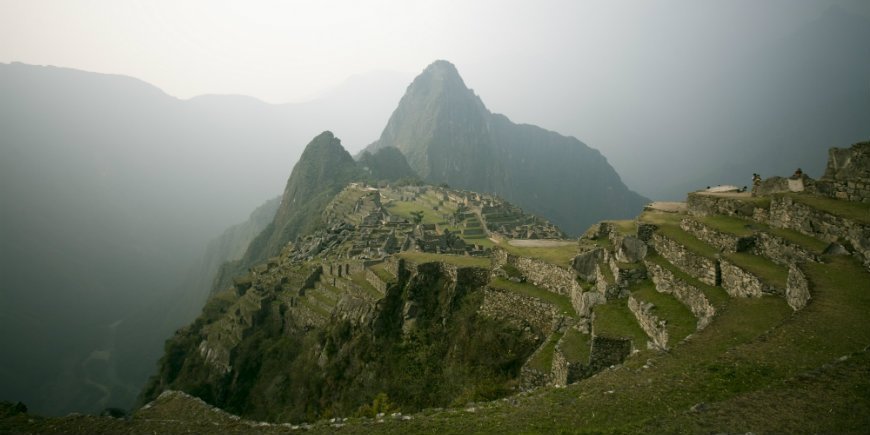
The Inca city, which is now in ruins, is said to have been built in the 15th century by the Incas, who ruled the area in the 15th and 16th centuries.
It is uncertain what purpose Machu Picchu actually served, but there are many theories.
According to some sources, Machu Picchu was a residence for emperors and nobility. While others believe Machu Picchu served a religious purpose and was home to priests and others who had devoted their lives to the Sun God.
No matter who lived there, they did not live there for long.
Around 100 years after the city was built, it was abandoned by the Incas.
There have been many speculations as to why they left the site. Some believe that the people left Machu Picchu due to an outbreak of smallpox, denying that the Inca suffered defeat in a battle against the Spaniards, who began conquering the area in around 1530.
For more than 350 years, the ruin city remained in virtual obscurity.
It wasn’t until 1911 that people across the world heard about the site again, when American archaeologist Hiram Bingham travelled to Peru. A farmer told him about some ruins he called Machu Picchu.
After the discovery, Hiram Bingham told the world about the ruin city, and since then people have flocked to the Inca’s prestigious building complex.
What makes Machu Picchu so interesting?
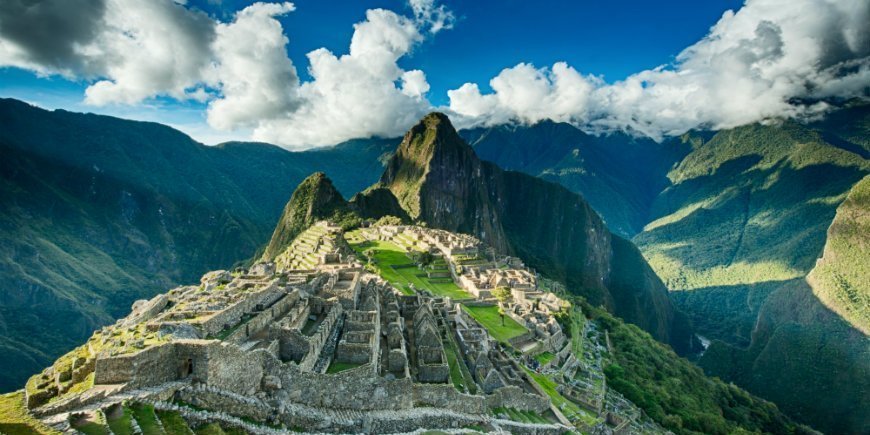
The Inca ruin is a unique example of how the Inca people lived and integrated their homes with nature. From an architectural, engineering and urban planning point of view, Machu Picchu is phenomenal.
For that reason, Machu Picchu became a UNESCO World Heritage Site in 1983, and in 2007, the site was again honoured when it was listed as one of the seven new wonders of the world.
The ruins aside, the scenery surrounding the Inca city is also exceptional.
The ruin city in the Andes, surrounded by cloud forest and verdant mountain peaks, is home to 22% of Perus’ flora.
And the wildlife is also diverse.
Around 10% of the wildlife also inhabits the area around Macchu Pichu, including 300 species of butterflies, 400 bird species and 19 reptile species.
Visit the Inca city with TourCompass
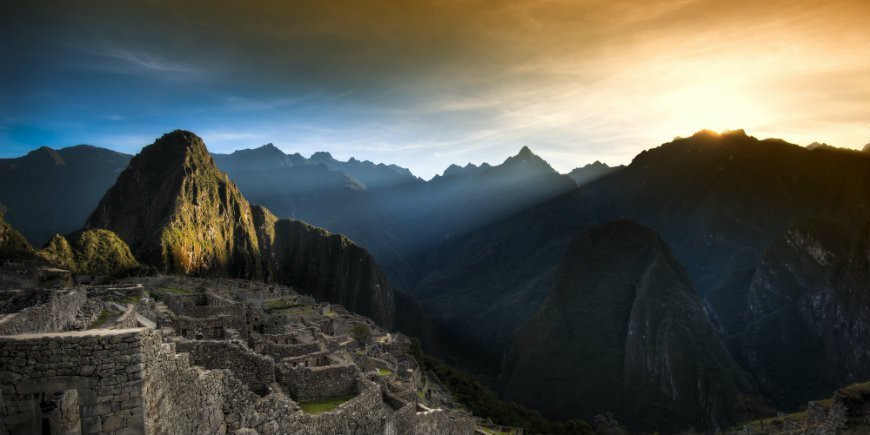
Machu Picchu is a unique gem of a place, and a must-see if you are visiting Peru.
See the spectacular ruin city right up close and get a feel for the Inca way of life.
If you are up for more extraordinary experiences, go on a hike along the Inca Trail, which ends in the glow of the sunrise overlooking Machu Picchu.
TourCompass – From tourist to traveller
-
General Info
Receive all the latest news and offers delivered to your inbox!
Registered in England.
Registered Office:
Nucleus House 2
Lower Mortlake Road
Richmond, TW9 2JA
Company no.: 11454726

E-mail: info@tourcompass.co.uk
ATOL protected no. 10558.
ABTA member no. Y6104.
Read more.